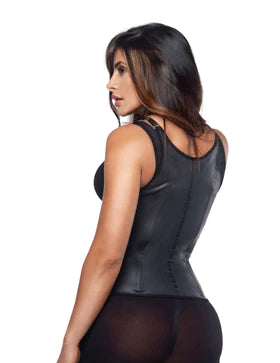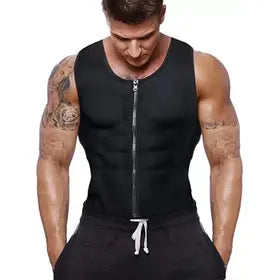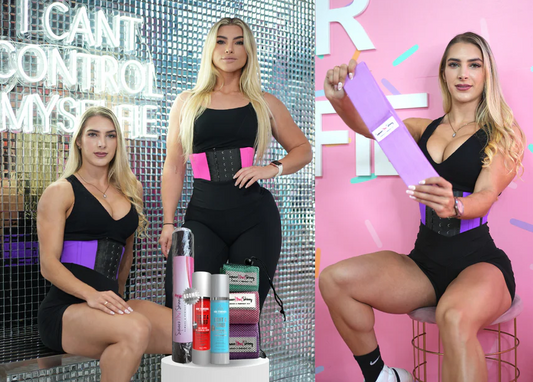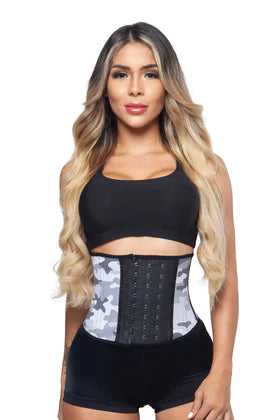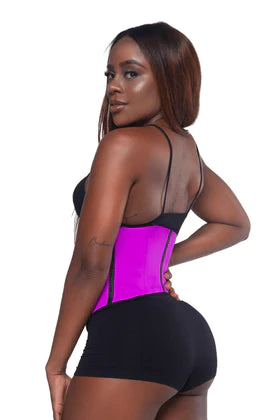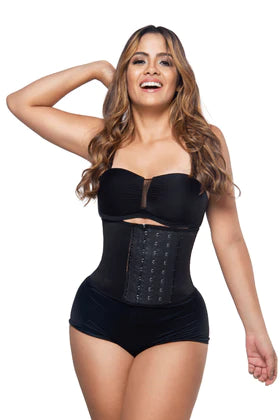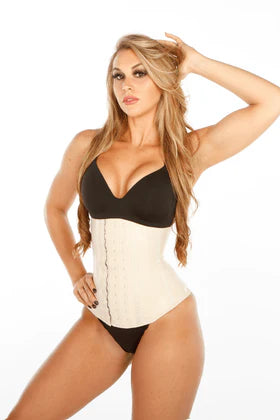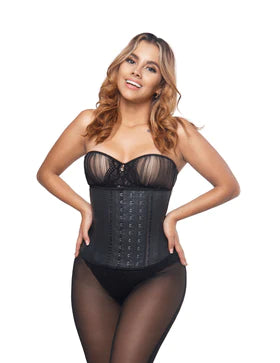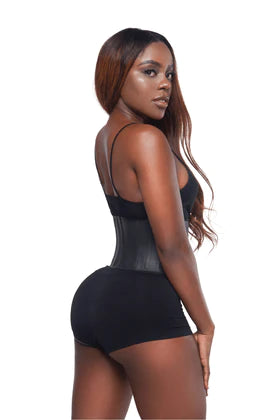
How to Size a Waist Trainer
When it comes to waist trainers, sizing is essential. If your waist trainer is too tight, you may struggle to complete your exercises or daily routines, which means that you won't see the results you should. Also, if the waist trainer is too loose, it won't work properly. That's why you need to carefully and accurately measure yourself before purchasing a waist trainer.
Whether you're looking to get a waist trainer from the sweat collection to wear for workouts or if you need an aggressive trainer with high levels of compression for your daily life, knowing how to size a waist trainer for your body is essential. You should also have an idea of how each type of waist trainer fits so you can feel comfortable and confident in yours.
If you're wondering how to size a waist trainer, we'll go over exactly where you need to measure. We'll also explain how to know if your waist trainer is fitting you correctly, as well as the different types of waist trainers that you might purchase.

How Do You Conduct At-Home Measurements for a Waist Trainer?
Since waist trainers are so form-fitting, it's important to measure yourself to make sure that you get the most accurate size. Luckily, measuring at home for a new waist trainer is simple and easy by yourself. All you will need is a measuring tape to find out the lengths of your torso and waist.
Measuring Torso Length
The first measurement you will conduct is your torso length. This number will help determine whether you need a long, medium, or short-size waist trainer. The long size will be twelve inches, the medium length will be ten inches, and the short will be eight inches long.
To measure, place the starting end of the measuring tape about an inch underneath your bust and measure all the way down to the top of your bikini line. This number will determine which option will work best for you.
The short torso size is perfect for hitting the gym, as it provides coverage to your core area but leaves your hips free to move around during an intense workout session. The medium and long sizes can also be worn during workouts, but are particularly efficient for everyday use, as they provide extra long coverage to make your figure look great underneath clothes.
Measuring the Smallest Part of Your Waist
The other measurement you need to find is your waist. For the short, medium, and long torso size options, you'll be able to choose from a variety of sizes that may range (depending on availability) from XXXS to 3X.
To find the measurement for your waist, wrap the measuring tape around the smallest part of your torso near the belly button. This number will correlate to sizing in the short/medium or long torso charts.
Men's Sizing
For men wondering how to size a waist trainer correctly, you'll be able to find the corresponding size based on your pants size. For instance, if your pants size is 31 inches, then you should opt for a waist trainer at a size 32. However, if you have a larger belly, you should go for the next size up from your pants size.

How Do You Know If Your Waist Trainer Fits Correctly?
Overall, your waist trainer should never be painful or acutely uncomfortable. The waist trainer should fit snugly as it gives your core the support it needs. However, it should not feel too tight, where you can't breathe or feel pain in your ribs.
You'll know the waist trainer fits you correctly if you can comfortably breathe in various positions. Try sitting down, standing up, and walking around to make sure that your waist trainer is breathable. However, it's important to note that if you're wearing waist trainers for the first time, you'll want to work your way slowly up to using them for extended periods of time, as you'll probably need to acclimate yourself to the compression level.
If your waist trainer is bunching or bulging in certain areas, then you'll want to order a new size. In this case, the bulging is an indication that the waist trainer doesn't fit you properly and might be too small. It's likely to feel uncomfortable. Not to mention, you won't see results if it fits improperly, so it's best to remeasure yourself and get a new one.
What Are the Different Types of Waist Trainers?
There are a few different types of waist trainers available, including sweat, aggressive, and hybrid collections. These collections are designed with varying features to work for different situations. You'll notice that these waist trainers fit and feel differently from each other, as they have different compression levels and materials. Depending on your needs and preferences, you may want to invest in a particular waist trainer or purchase all three options to wear for different occasions.
The waist trainers from the sweat collection are made for workouts. You'll find plenty of flexibility and heat-trapping materials designed to intensify your exercise sessions for maximum results. In contrast, the waist trainers from the aggressive collection have been made with the highest compression levels of the three options. The compression helps to train your waist during the average day.
The waist trainer is designed to compress and provide support to your core, creating an hourglass shape. But you'll need to know how to size a waist trainer correctly to see results. Because the waist trainer needs to be form-fitting to your natural waist, you'll need to be as accurate as possible with your at-home measurements. Figuring out your torso length and waist measurements will ensure that you end up with a waist trainer that is comfortable, flattering, and gets you the best results. If you have any questions about the size chart or about our returns/exchanges policy as you look to purchase a waist trainer, get in touch with our team!

